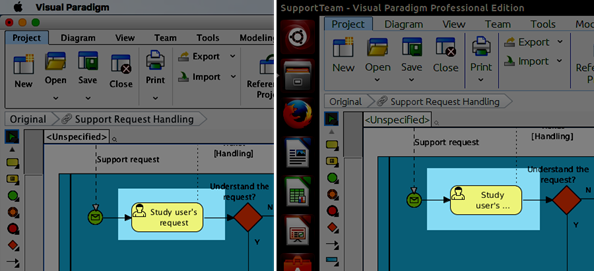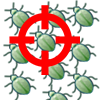Selecting Wireframe Widgets without Moving the Parent
 The wireframe feature enables development teams to create initial screen mock ups without having to develop any semi-completed applications nor even any prototypes. Many development teams find wireframe an inexpensive and useful tool because wireframes are simple enough to be created in quick and be understood by anyone. Its simple layout also leaves room for discussions.
The wireframe feature enables development teams to create initial screen mock ups without having to develop any semi-completed applications nor even any prototypes. Many development teams find wireframe an inexpensive and useful tool because wireframes are simple enough to be created in quick and be understood by anyone. Its simple layout also leaves room for discussions.
Visual Paradigm’s wireframe tool has incorporated many editing functions that make editing much easier. One of the editing functions is InstantFreeze. In this article, we will show you how to select wireframe widgets effectively with InstantFreeze.








